Planting beans in open ground: terms and rules of cultivation
For novice summer residents, their hands rarely reach the beans. Nevertheless, it is quite reasonable to "swing" at this fairly popular culture, which simply has the maximum content of especially valuable vegetable protein, and has stored various nutrients for future use. It is noteworthy that its calorie content is one and a half to two times higher than that of other vegetables. Beans are certainly used both in conservation and in freezing. And the number of fans of the first and second courses with her participation can be frankly envied. In addition, it does not require any wild energy inputs, and the harvest will be enough for the family.
You will learn how to plant beans in open ground in spring, and then effectively care and store them, you will learn from this article.

Content
Bean varieties
In appearance and shape of the bush, beans are:
- bush;

- curly.
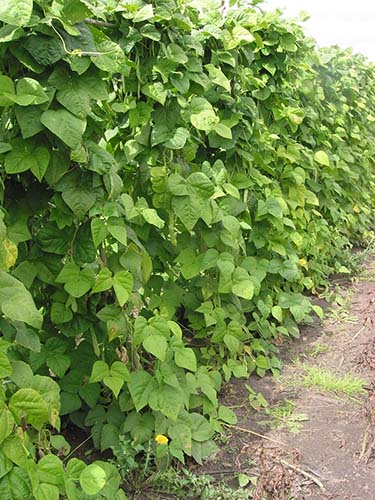
Also, beans can be divided into the following groups depending on the purpose of growing:
- grain (for beans);
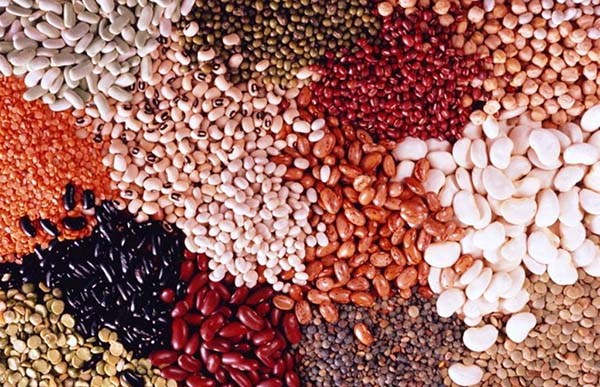
- asparagus (for pods);
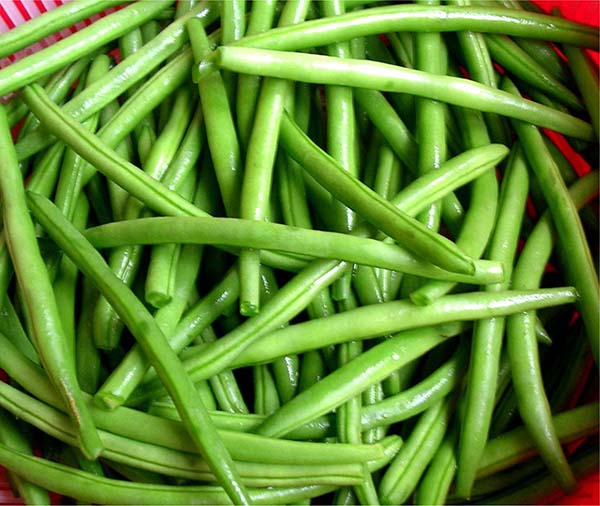
- decorative (for flowers).
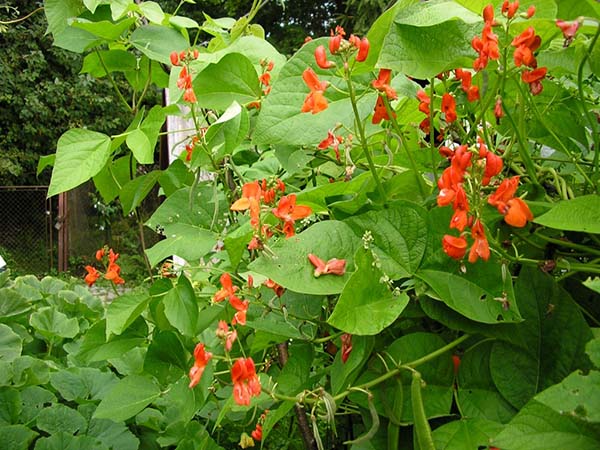
How to plant beans in an open field or greenhouse
Seed preparation for planting (soaking)
First of all, you should carefully consider your planting material, rejecting damaged and non-standard specimens.
Further, to speed up the seed germination process, the beans can be soaked in one of the popular growth stimulants, such as Epin or Zircon.
Many experienced summer residents advise simply soaking the beans in plain water overnight. Swollen beans will sprout noticeably faster.
Just do not leave them in water for more than 15 hours, otherwise they may simply "choke".
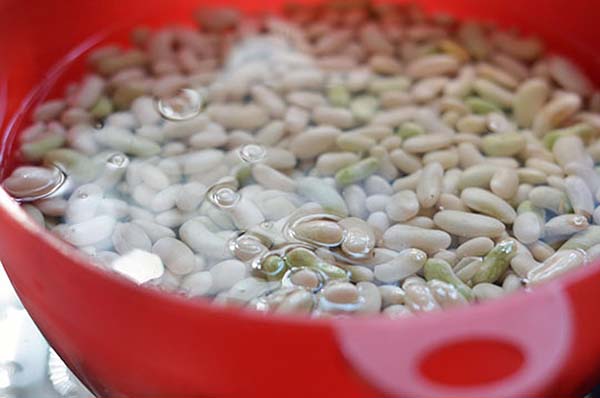
Landing dates, including the number of the lunar calendar
Beans are a thermophilic crop, so they should be planted in open ground along with cucumbers when the soil warms up to + 10 ... + 12 degrees, and the air temperature will be above +12 .. + 14 degrees and the threat of return frosts will surely pass.
Thus, the optimal time for sowing beans is May-June, depending on the characteristics of your climate. So in the Middle zone (Moscow region) they begin to plant beans from the second half of May, and in Siberia and the Urals - closer to June.
Of course, if you are planting beans in a greenhouse, then this can be done 1-2 earlier.
According to the lunar calendar in 2020
If you wish, it is much easier to refer to the lunar calendar for specific dates.
So, in 2020, favorable days for planting beans in open ground or in a greenhouse are:
- in April - 1, 2, 9-11, 13-15, 24-27;
- in May - 2-6, 25-31;
- in June - 1-4, 7-9.
In fact, it is not so scary if you plant beans on other days, the main thing is not to plant on unfavorable dates according to the lunar calendar (the days of the Full Moon and New Moon, as well as the period when the Moon is in Aquarius, because it is barren and dry sign -italicized), and this is in 2020:
- in April - 8,15-17, 23;
- in May - 7,13-14, 22;
- in June - 5,9-11, 21.

According to the lunar calendar from the magazine "1000 Tips for the Summer Resident".
Soil and bed preparation
Beans love fertile and loose soil, they will not grow on heavy soil. Since it is a moisture-loving plant, it requires a water-intensive soil. In no case do not plant beans in acidic soil, only slightly alkaline soil is suitable for it. Thus, loamy and sandy loam soil is suitable for cultivation.
Advice! Fertilize the soil with humus before planting, such feeding will have a very positive effect on the future harvest.
It is advisable to plant beans in a sunny place near a fence so that the plantings are protected from the wind and there are no drafts. The curly variety can be planted directly on the net, then you don't even need additional support to tie it up.
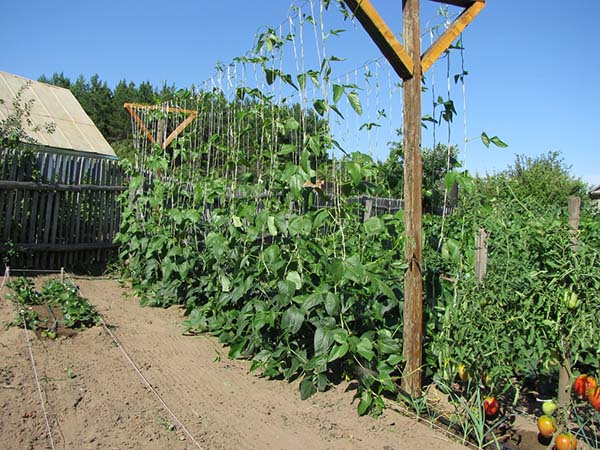
Interesting! Beans are a plantsiderat, therefore, it is often planted in the garden to enrich the soil with nitrogen, in other words, to improve the soil.
It is promising to plant beans in the place where onions, cucumbers, cabbage or potatoes used to grow. It is worth thinking about planting it as a sealant for the same cucumbers, potatoes and late cabbage. It is clear that in this case it should be placed along the edges of the seating grooves or between them. The advantage of the situation is that such a close joint arrangement not only does not reduce the yield of the main dominant crop, but also gives a significant yield. In addition, which is also important, it enriches the soil with nitrogen.

By the way! You can also grow beans in a greenhouse, then you will get an earlier and more abundant harvest.
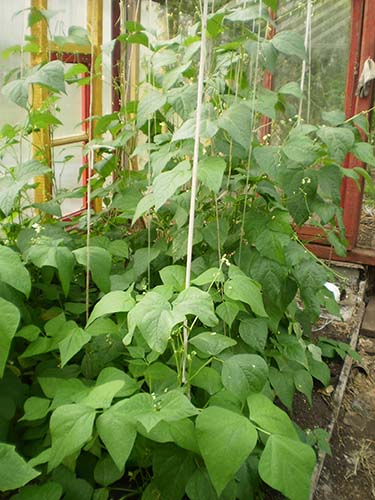
If you decide to plant beans in a greenhouse, then you should place them at the end so that during the day (at noon) it shades, for example, tomatoes or cucumbers.
Video: growing beans in a greenhouse
Support for curly beans
If you want to properly grow beans on a support or trellis, then be sure to watch the following videos:
Direct landing
Tips and instructions for planting beans outdoors or in a greenhouse:
- Dig up the bed well and make grooves at a distance of 15-20 centimeters from each other (many gardeners advise increasing the distance to 20-30 cm). Or make small holes. In any case, be sure to add excellent humus to the bottom of the holes or grooves.
- Now you should water the holes or grooves abundantly with plain water.
- When planting any kind of beans, 2-3 seeds must be put in each hole,the seeding depth should be 2-3 centimeters (maximum 4-5 cm). If you plant in grooves, then the distance betweenbeans should be about 6-10 centimeters.

When sowing curly beans seeds should be planted in nests of 5-7 pieces. We remind you that it is necessary to place such a variety strictly next to the support.
- After planting, cover the holes or grooves with earth and level the bed.
Video: how easy it is to plant beans in the country
In general, landing asparagus beans in open ground, nothing is particularly different except for a couple of small nuances, which you can learn about from the video below.
Outdoor Bean Care
The basis of care for growing beans includes regular watering, loosening and weeding of row spacings, and in the case of a curly one - its garter to supports or trellises in the greenhouse.
The first entries appear, as a rule, in 1-3 weeks. Already during this period, the weakest shoots should be removed. And as soon as the bush reaches a height of 10 cm, it should be well spud to give the plant great stability.
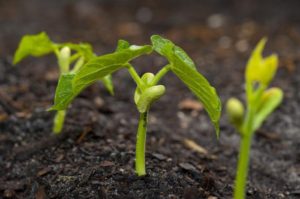
It is recommended to water the plant once a week before flowering, and after that - 2 times. During the fruiting period, watering the beans should be done more often than usual, but they cannot be poured.
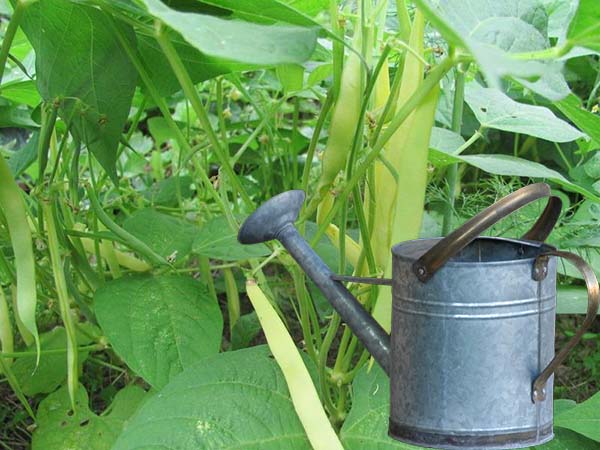
Advice! When the curly beans are about 2 meters tall, you can pinch the top if desired to stimulate the ovaries.
Bean feeding is best done with potash and phosphate fertilizers, although this plant is so unpretentious that it should be fed only in the most rare cases. For example, on dry and hot summer days, it is good to shed the bushes with a solution wood ash.

However, if yellow leaves began to appear on the plant, then this is a signal of potassium starvation. It is necessary to fertilize as soon as possible with one of the potash fertilizers, for example, potassium sulfate (potassium sulfate), preparing a solution at the rate of 20-25 g per 10 liters of water.
In general, there are no unambiguous solutions, and if you strongly doubt the fertility of the soil, then do not refuse feeding, especially during the growing season. It is advisable to carry out the first feeding urea or ammonium nitrate (10-20 g) during the blooming of the first true leaf (for a good start to the growth of green mass), and the second already during the budding period or after flowering - potassium sulfate (20-30 g) and superphosphate (20-30 g).
Interestingly, beans are one of those rare crops that are not susceptible to diseases or pests. The only pests that you can see on it are slugs, which are very easy to prevent if you regularly weed the beds.
By the way! In general, the site already has a detailed article about how to deal with slugs in the garden.

Harvesting and storing beans
The beans are removed selectively as they ripen. Shrub, in contrast to climbing, gives a crop faster. Grain should be harvested on time. If you are late, fibers will begin to form in the fruit. The timing of harvesting depends on the specific variety.As a rule, the first crops can be harvested in August-September.
It is advisable to remove the bean pods by carefully cutting with scissors, and not by jerking them with your hands.

The remnants of the peels can be used as fertilizer for tomatoes and peppers, after chopping them up and simply sprinkling the soil around the vegetables.
For seeds, a few pods are left on the plant. They are removed when they have hardened to a golden light brown color.
If you want to preserve any beans (including asparagus), then you can pre-dry and store them at home, or freeze them in the freezer (you don't even need to pre-soak them when cooking).
Video: Tips for Growing and Harvesting Beans
Thus, it is quite simple to grow beans in your summer cottage: the main thing is to plant them correctly, tie them up on time and water them regularly. Then you will definitely get a good harvest.

